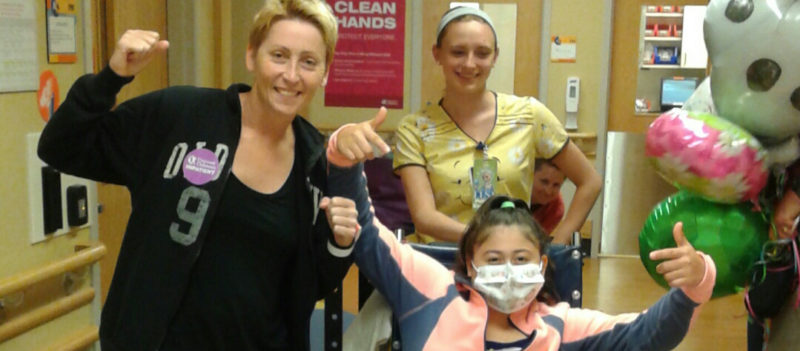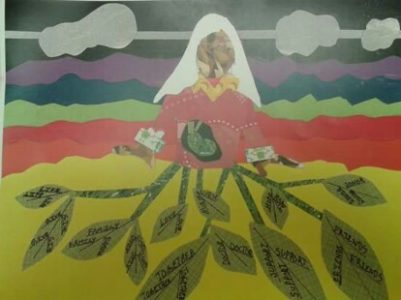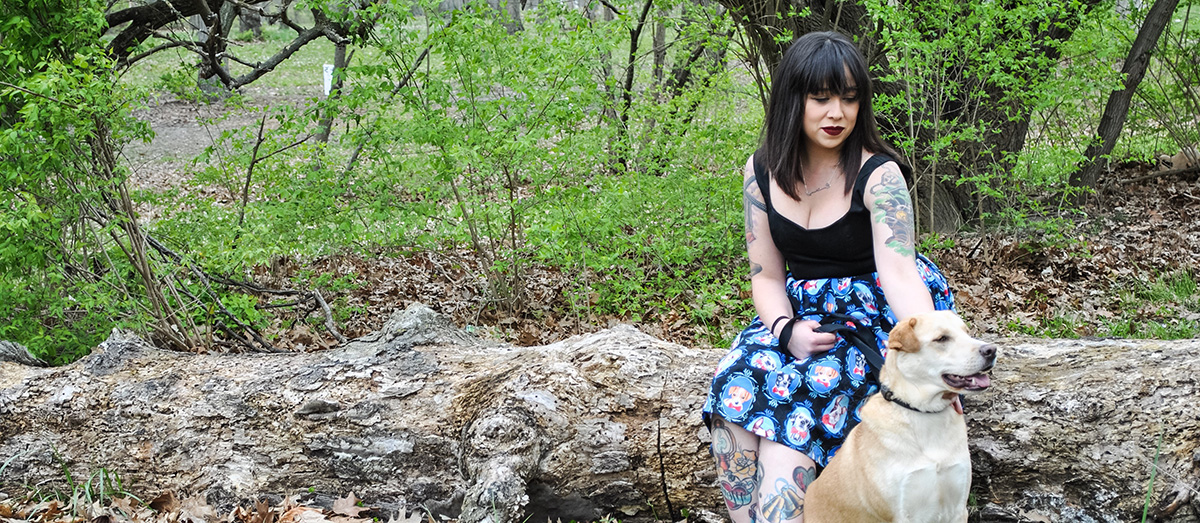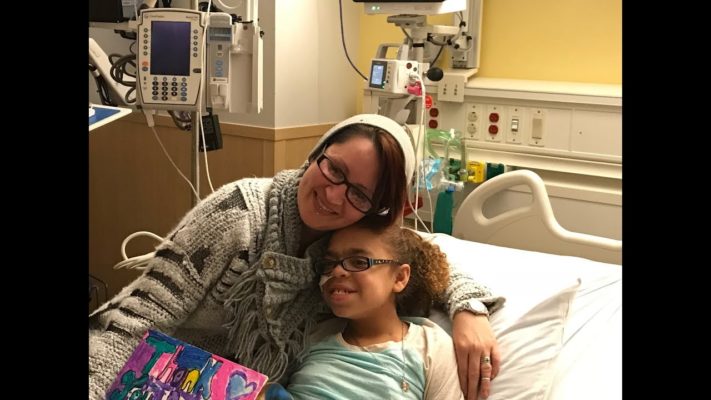I’ll never forget how my daughter came to realize the grave importance of sharing her transplant story.
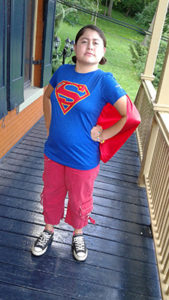 Angely was 11 years old at the time and in need of a life-saving kidney transplant. We were waiting our turn at the Ohio Bureau of Motor Vehicles when we overheard a person ahead of us decide against registering to become an organ donor. Angely got very upset.
Angely was 11 years old at the time and in need of a life-saving kidney transplant. We were waiting our turn at the Ohio Bureau of Motor Vehicles when we overheard a person ahead of us decide against registering to become an organ donor. Angely got very upset.
“Mommy, doesn’t she know that I’m sitting right here and I need a kidney? There are people like me all over,” my daughter said to me. So I explained to her that no, not everyone knows. Not everyone realizes that more than 120,000 people in the United States are currently in need of an organ transplant to survive. And not everyone understands how impactful simply saying “Yes,” to organ donation can be.
Our family certainly didn’t know these facts until Angely became one of the 93,000 people on the waiting list for a kidney after she had a routine physical performed for summer camp. Angely’s “old school” pediatrician ordered a urinalysis, which revealed extra protein in her urine. Our doctor knew something was wrong when the results were confirmed by a follow-up test a week later.
We were referred to a nephrologist who discovered scar tissue on Angely’s kidneys. We also learned her kidneys were too small for her body. The damage probably happened before we adopted Angely at 10 months old. Our daughter was born in Guatemala and had frequent urinary tract infections as a baby. Now, nearing her teenage years, her growth rate dropped from the 85th to the 50th percentile and Angely was in stage 4 chronic kidney failure.
Angely’s diagnosis was very stressful on her and our entire family. She immediately gave up her favorite foods and switched to a low-sodium diet in order to preserve her kidneys for as long as possible until we found a donor. Since you only need one kidney to survive, family members started getting tested in hopes of becoming Angely’s living donor. Meanwhile, we searched for the best possible care for Angely.
After having some unpleasant family experiences at other hospitals, I began to research our options. Cincinnati Children’s, which is about 250 miles away from our home in Akron, was ranked No. 2 in the country for nephrology. I went online and found more information about the Kidney Transplant Program and Dr. Stuart Goldstein, director of the Center for Acute Care Nephrology.
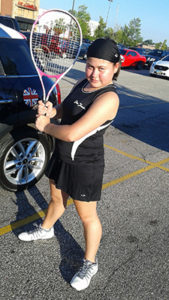 At one of the most stressful points in our lives, I picked up the phone and called Dr. Goldstein to ask for help. He put our family at ease and made time to meet with us, even though he was getting ready to go on vacation. The very next morning we drove four and a half hours to get to our first appointment with him at 7:30 am. Dr. Goldstein spent more than two hours talking with us. He let me cry. He understood why we were stressed. He was impressed by how much we already knew. He was wonderful.
At one of the most stressful points in our lives, I picked up the phone and called Dr. Goldstein to ask for help. He put our family at ease and made time to meet with us, even though he was getting ready to go on vacation. The very next morning we drove four and a half hours to get to our first appointment with him at 7:30 am. Dr. Goldstein spent more than two hours talking with us. He let me cry. He understood why we were stressed. He was impressed by how much we already knew. He was wonderful.
It didn’t matter how far away from home we were – I knew this is where Angely needed to be.
Angely’s stepmother ended up being her living donor match. They had surgery on the same floor, just a few rooms apart. After the successful kidney transplant, Angely’s care team told us she set a record for the quickest recovery time. She was out of the Intensive Care Unit in three days and, after five days in the hospital, Angely and her stepmom walked out together. We lived in a rented apartment in Cincinnati for about six weeks after the transplant in order to stay close for her follow-up clinic appointments. When we got home, Angely joined her school’s tennis team and won her first doubles match. It was amazing!
In recovery, Angely’s care team encouraged her to share her transplant story by entering the American Kidney Fund’s 21st annual Calendar Kids Contest. Her piece (pictured below) titled, The Power of Love: My Journey Through a Kidney Transplant, was one of 13 winning submissions chosen to be featured in the 2017 calendar. Now, Angely is telling her story through film. When it’s finished, she hopes her video can be shown in BMV waiting areas to encourage organ donation in Ohio.
Angely is 13 now and for her sake, sharing her kidney transplant story through her love of art helped her cope and express her feelings along every step of her medical journey. For the sake of others awaiting transplants, Angley’s learned that sharing her story is a powerful way she can put a face on her illness and advocate for organ donation. And thankfully for our family, sharing Angely’s kidney transplant story is something we can continue to do while she lives it out to the fullest each and every day.
Artist’s abstract: My collage is a self-portrait, inspired by the work of one of my favorite artists, Frida Kahlo. There are multiple layers symbolizing the complexities of my feelings and story. I used different colors, textures and shades to represent the diversity throughout my chronic kidney failure. All of it was overwhelming and, at the beginning, I was in the dark. That feeling is represented by the black sky. It also represents people who are “in the dark” about the importance of organ donation. I placed clouds across the dark sky, intentionally close to my brain, to symbolize the dreams I had about my kidney transplant. The colors move from dark to light representing how much more aware I became of my disease, how I understood chronic kidney failure and what I needed to do save my kidneys until my transplant. Hope is symbolized in the bright reds and oranges. The yellow represents the joy and happiness I felt when my stepmom was officially able to be my living donor. In the middle is an image of myself. I am growing out from the ground, symbolizing a rebirth, because my new kidney would give me a new life. The vines are extensions of the people who love and support me. On each leaf, I wrote positive words and phrases. The designs on my jacket, collar and cuffs are representative of things close to my heart. The open space on my abdomen is home to my new, donated kidney.

